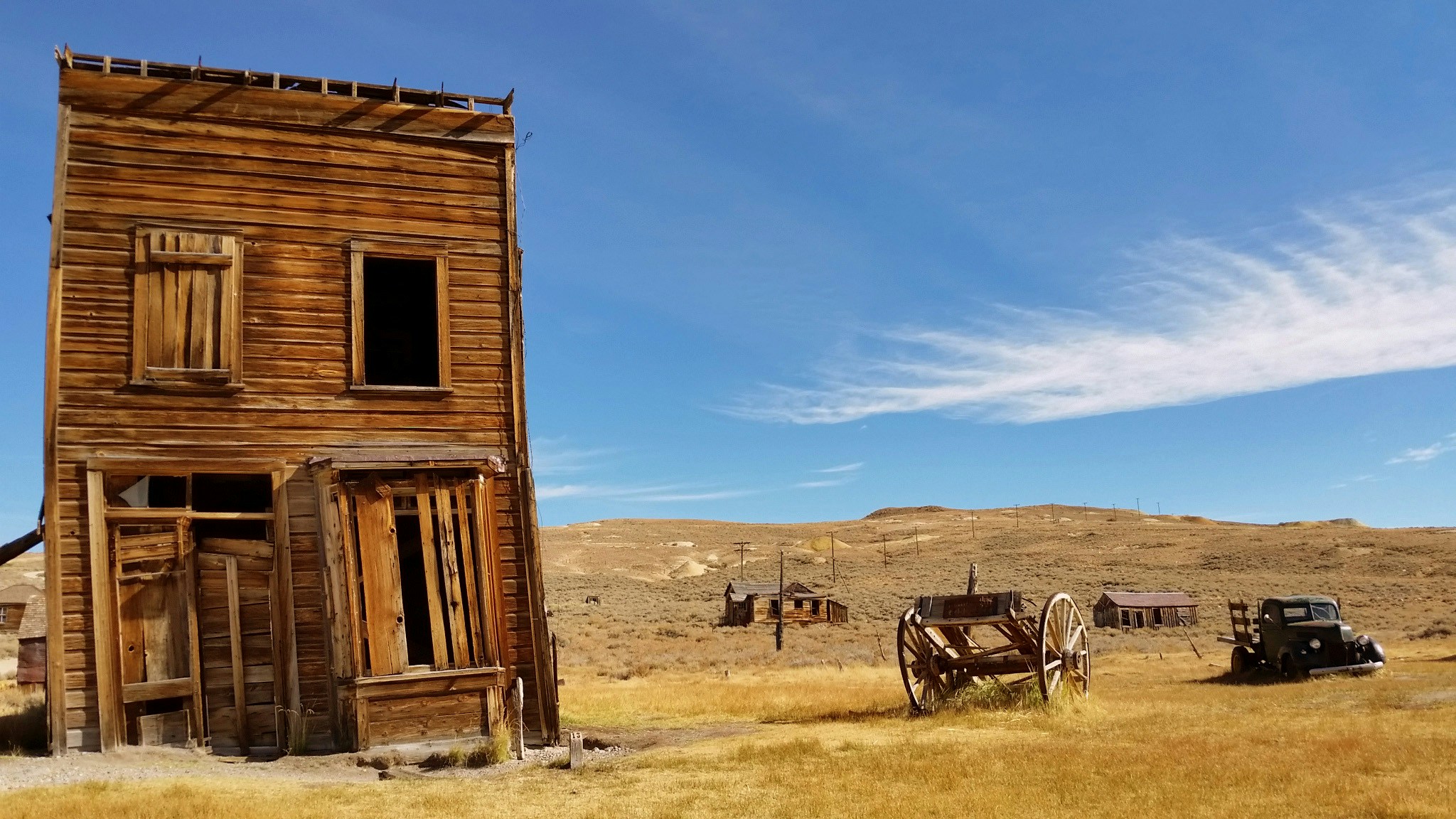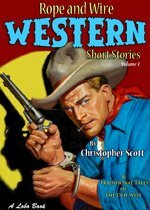Exploring Western Literature: How Classic Westerns Can Inspire Student Creativity
Western literature, with its rich narratives, iconic settings, and larger-than-life characters, offers a unique landscape for inspiring student creativity. Whether it's tales of cowboys, the untamed wilderness, or moral dilemmas on the frontier, classic Westerns provide endless opportunities for students to explore creative expression. In this post, RopeAndWire will explore how incorporating classic Western literature into educational settings can fuel students' imagination and enhance their writing skills.
The Unique Appeal of Western Literature
Western literature captures the essence of adventure, freedom, and the struggle between civilization and wilderness. These timeless themes resonate with students, providing a fresh perspective on storytelling. The stark landscapes, vivid imagery, and intense conflicts within Westerns offer an ideal backdrop for students to exercise their creative writing abilities.
Classroom activities that revolve around classic Westerns can enhance students' descriptive skills and deepen their understanding of character development. For example, assigning students to write a short story set in the Old West helps them think critically about setting, plot, and character motives. This approach nurtures their creativity and teaches valuable lessons in structuring a narrative.
National Endowment for the Humanities - "Teaching American Literature" offers guidance on integrating Western literature into classroom lessons, emphasizing its value in exploring American history and culture.
Characters and Archetypes: Building Blocks for Creativity
One of the most inspiring aspects of classic Westerns is their rich collection of characters and archetypes. From the lone cowboy to the stoic sheriff, these characters embody a set of values and personality traits that students can explore and adapt in their own stories.
By examining character archetypes in Western literature, students can gain insights into constructing compelling characters in their narratives. Teachers can encourage students to create their versions of classic Western heroes, villains, or sidekicks, pushing them to think outside the box and develop unique characters with depth.
Additionally, writing character sketches or short dialogues using these archetypes can be an engaging way for students to explore the nuances of personality and motivation. This activity not only stimulates their creativity but also hones their understanding of human behavior, a crucial skill in storytelling.
Setting the Scene: Using the Western Landscape for Inspiration
The setting is an essential element in Western literature, often functioning as a character itself. The rugged mountains, expensive desserts, and lawless towns of the American frontier create an atmosphere that is both captivating and challenging for student writers.
Students can draw inspiration from the Western landscape to craft detailed settings in their stories. A classroom exercise could involve describing a classic Western setting using all five senses to evoke a vivid atmosphere. This practice not only refines their descriptive writing skills but also encourages them to consider how setting impacts a story's tone and mood.
Another creative exercise is to have students imagine a scene in a Western setting where modern-day elements are introduced. This juxtaposition can lead to intriguing storylines and discussions about how different environments shape narrative possibilities.
Themes of Morality and Justice: Developing Critical Thinking
Classic Westerns often grapple with complex themes such as morality, justice, and the clash between lawlessness and order. These themes present a valuable opportunity for students to engage in critical thinking and develop a deeper understanding of storytelling.
Teachers can prompt discussions on how the moral dilemmas faced by Western characters mirror real-world challenges. By analyzing these situations, students learn to construct narratives that explore ethical questions and human nature. This can lead to creative projects like writing an essay or annotated bibliography on how Western themes reflect societal values.
For students working on more academic assignments, services like PaperWriter annotated bibliography writing service provide support in organizing their thoughts and presenting their analyses effectively.
Library of Congress - "American Memory: Westerns" offers a collection of classic Western literature and films, providing students with resources to explore the genre's themes and characters further.
Writing Prompts and Creative Exercises with Western Literature
One of the best ways to inspire student creativity is through writing prompts inspired by Western themes. Here are a few ideas:
-
Character Development: Write a journal entry from the perspective of a Western character facing a moral dilemma. How do they justify their actions?
-
Dialogue Creation: Create a dialogue between a sheriff and an outlaw. Focus on developing their unique voices and personalities.
-
Setting Description: Describe a Western town at dawn. Incorporate sensory details to paint a vivid picture of the scene.
These exercises encourage students to think creatively and experiment with different aspects of writing. Teachers looking to develop more structured assignments can guide students in composing an annotated bibliography on Western literature's influence on modern storytelling. For this, they can utilize services like custom annotated bibliography writing service to help students learn how to cite sources and present their findings coherently.
Exploring Westerns with Modern Relevance
While classic Westerns are steeped in historical context, many of their themes remain relevant today. Issues of justice, freedom, and the individual's role in society continue to resonate with students, providing rich material for creative exploration. By encouraging students to write short stories that adapt Western motifs to contemporary settings, teachers can foster a deeper connection between historical literature and present-day experiences.
For those diving deeper into research and critical analysis, seeking out a custom annotated bibliography online writing service can assist in compiling research on how Western literature parallels modern-day narratives.
Encouraging Student Expression through Western Essays
Lastly, students can enhance their analytical and writing skills by composing essays on Western literature's themes, characters, and settings. Crafting a well-argued essay requires them to delve into the text, interpret its elements, and present their thoughts logically. Utilizing an annotated bibliography essay writing service can be an effective way to support students as they compile sources and articulate their viewpoints in an organized manner.
Moreover, students interested in pursuing more advanced writing tasks can consider using services to buy an annotated bibliography, gaining insights into the structure and research involved in academic writing.
Western Writers of America - "Resources for Educators" provides additional tools and information for teachers to incorporate Western literature into their curriculum effectively.
Conclusion
Incorporating classic Western literature into the classroom can be a dynamic way to inspire student creativity. From character development and setting descriptions to exploring complex themes, Westerns provide a rich foundation for enhancing students' storytelling and analytical skills. By engaging with the timeless appeal of Westerns, students can learn to craft narratives that are as compelling and thought-provoking as the genre itself.
